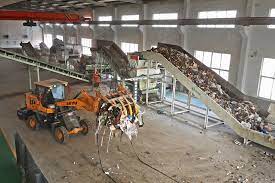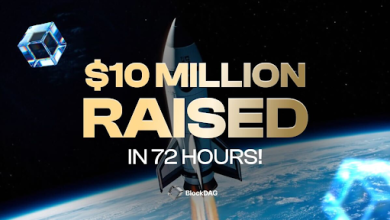Revolutionizing Waste: The Plastic Recycling Machine

- Introduction
Plastic pollution has become an ever-growing threat to our planet’s ecosystems. With landfills overflowing and marine life suffering, the need for effective waste management solutions has never been more urgent. Recycling stands as a beacon of hope in this crisis, offering a way to reduce the environmental impact of plastic consumption. Among the innovations leading the charge is the Plastic Recycling Machine (PRM), a revolutionary technology designed to streamline the recycling process and maximize efficiency.
- Understanding the Plastic Recycling Machine
The Plastic Recycling Machine represents a paradigm shift in waste management. Unlike traditional recycling methods, which often rely on manual sorting and processing, the PRM automates much of the recycling process. At its core, the machine consists of several key components: a shredder, a washer, a dryer, and an extruder. These components work in tandem to transform discarded plastic waste into reusable material.
The process begins with the shredder, which breaks down plastic items into smaller pieces, facilitating the recycling process. These shredded pieces then pass through the washer, where they are cleaned to remove any contaminants or impurities. Once cleaned, the plastic undergoes drying to prepare it for the next stage. Finally, the dried plastic is fed into the extruder, where it is melted down and formed into pellets or other reusable forms.
III. Benefits of the Plastic Recycling Machine
The Plastic Recycling Machine offers a multitude of benefits, both environmental and economic. By automating the recycling process, the PRM significantly reduces the amount of waste sent to landfills or incinerators, thereby mitigating the environmental impact of plastic pollution. Additionally, the machine’s efficiency allows for a higher volume of plastic to be recycled in a shorter amount of time, making it a cost-effective solution for waste management.
Moreover, the implementation of PRMs has the potential to create economic opportunities for communities and industries alike. By incentivizing recycling and promoting the use of recycled materials, PRMs can stimulate job growth in the recycling sector while reducing the demand for virgin plastics. This, in turn, can lead to a more sustainable and resilient economy.
- Case Studies and Success Stories
Across the globe, communities and organizations are embracing the Plastic Recycling Machine as a solution to their waste management challenges. In India, for example, a startup called “Recycle Now” has deployed PRMs in urban centers, allowing residents to recycle their plastic waste on-site. As a result, the amount of plastic littering the streets has decreased, and local businesses have begun incorporating recycled materials into their products.
Similarly, in Europe, several municipalities have invested in PRM technology to meet their recycling targets and reduce their carbon footprint. By strategically placing machines in high-traffic areas, these cities have made recycling more accessible and convenient for residents, leading to increased participation and engagement.
- Challenges and Limitations
Despite its promise, the Plastic Recycling Machine is not without its challenges. Technical issues such as machine malfunctions or breakdowns can disrupt the recycling process and require costly repairs. Additionally, the upfront investment required to purchase and install PRMs can be prohibitive for some communities, particularly in developing countries where financial resources are limited.
Furthermore, regulatory and policy barriers may hinder the widespread adoption of PRM technology. In some regions, existing waste management infrastructure may not support the integration of new recycling technologies, leading to resistance or skepticism from policymakers and stakeholders.
- Future Prospects and Innovations
Looking ahead, the future of plastic recycling holds tremendous promise. Advances in PRM technology, such as improved efficiency and scalability, are paving the way for greater adoption and impact. Additionally, the integration of artificial intelligence and machine learning algorithms may further enhance the performance of PRMs, allowing for real-time monitoring and optimization of the recycling process.
Moreover, collaboration between governments, industries, and civil society is essential to overcoming the challenges facing plastic recycling. By investing in research and development, fostering innovation, and implementing supportive policies, we can create an enabling environment for the widespread adoption of PRMs and other sustainable waste management solutions.
VII. Conclusion
In conclusion, the Plastic Recycling Machine represents a beacon of hope in our fight against plastic pollution. By revolutionizing the way we recycle plastic waste, PRMs offer a pathway to a cleaner, greener future for generations to come. However, realizing this vision will require collective action and commitment from all stakeholders. Together, we can harness the power of innovation to build a more sustainable and resilient world.





